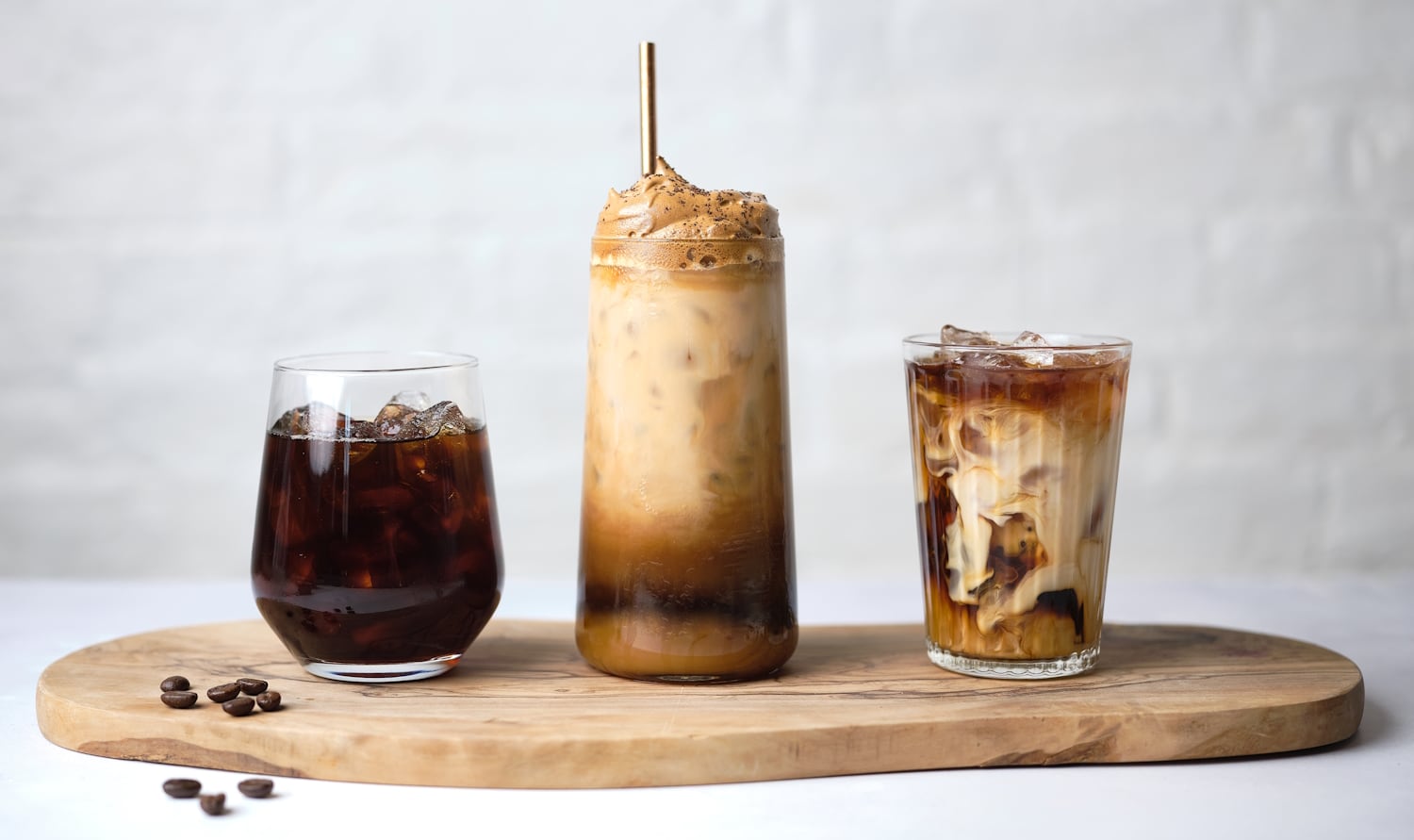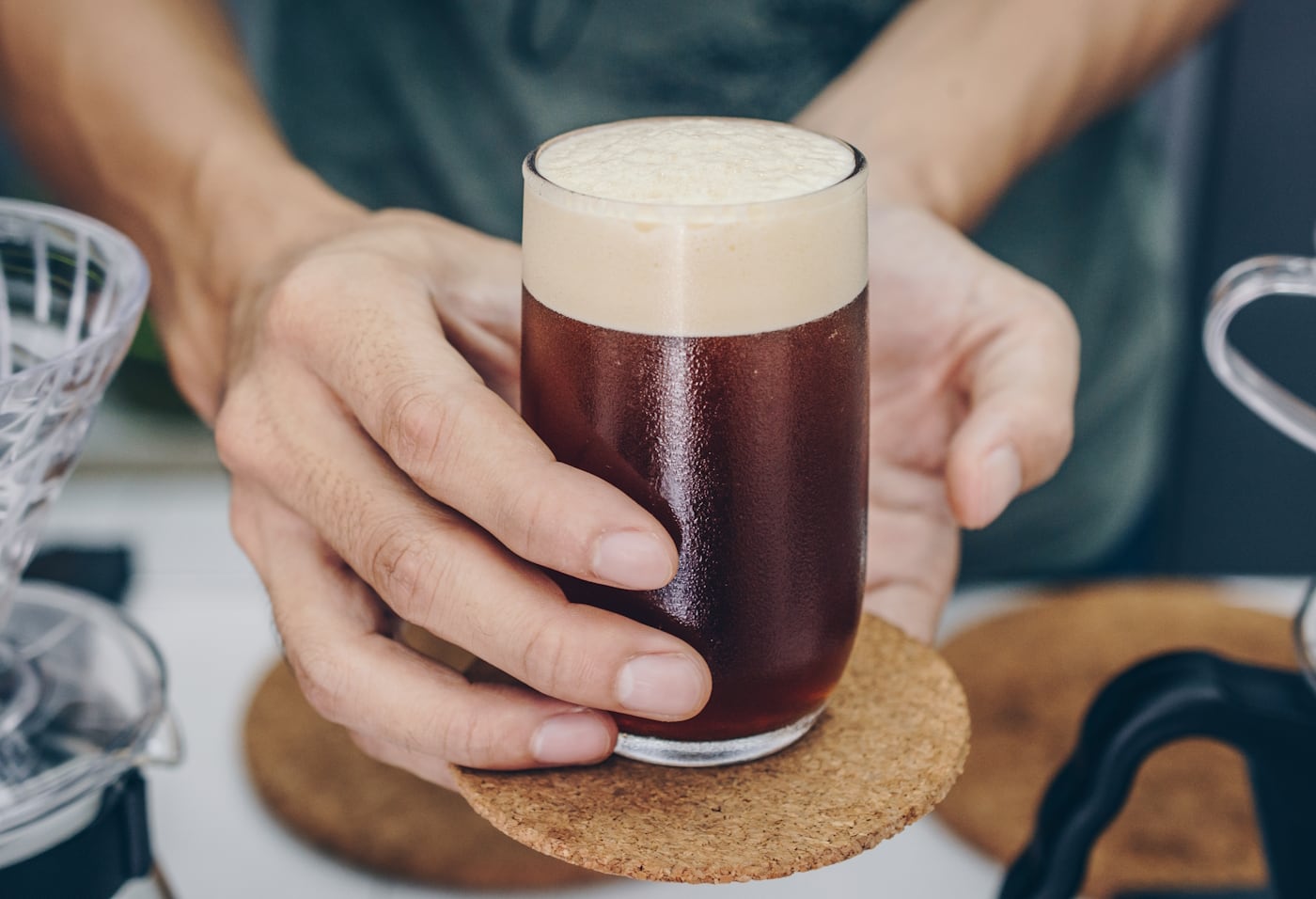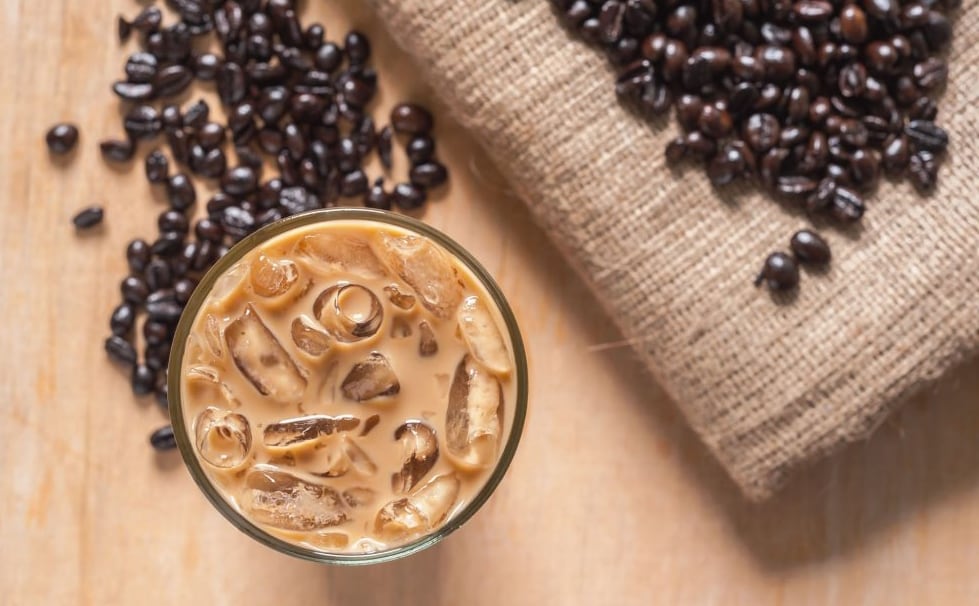Premium cold brew coffee is adding another dimension to the growing popularity of iced coffee in the UK.
During 2024, 72.3 million litres¹ of ready to drink iced coffee was sold through the UK grocery market, a rise of 5.7% YoY². The category is showing no signs of slowing, with many new innovative products arriving on shelves on a regular basis.
Growth in the iced coffee market has been driven by consumer demand for convenience, innovation and affordable luxury. Despite the cost-of-living crisis, beverages remain an achievable and indulgent treat for many.

Cold brew coffee is now poised to help develop the category even further by offering beverage brand owners and retailers the opportunity to develop a premium segment. And it is anticipated that the rise of cold brew coffee will be replicated throughout mainland Europe as well.
So, what exactly is cold brew coffee?
Cold brew coffee is extracted from coarsely ground coffee beans over a long period of time, using ambient or cool water - instead of rapidly in hot water, which is the method typically used to create the base for an iced coffee. Cold brew extraction is a gentle process and draws out the rich flavours from the bean. This delivers a coffee that is less acidic, bringing out the natural sweetness and a smooth taste. This brewing technique results in ‘pure cold brew’, which is simply water and coffee. It is the premium flavour derived from this process that is helping to drive cold brew’s popularity and differentiate it versus existing iced coffee drinks.
Confusion over cold brew vs iced coffee
A cold brew coffee isn’t an iced coffee, and this does cause some confusion, because both drinks are typically served over ice. An iced coffee is usually made using hot-brewed coffee that is chilled down. However, the differentiator between the two is the method of production and the end taste profile.
An iced coffee made with hot brew may taste more acidic and bitter than a cold brew. Cold brew coffee produces a smooth, rounded flavour profile with more natural sweetness. Cold brewing is considered a more premium brewing method.
Both cold brew and hot brew iced coffees can be paired with added flavours, sweeteners, milk or dairy alternatives, offering flexibility and an excellent base for consumer customisation.
How does cold brew fit with flavour trends?

Cold brew coffee can be enjoyed plain and black but also matches perfectly with additional flavours and ingredients. In the UK, consumers enjoy dairy and dairy alternative-based cold brews, with the addition of caramel flavour being the most popular. Flavours such as vanilla and mocha also remain top choices to pair with cold brew.
Limited-edition flavours work well with cold brew, too, and offer choice and a ‘change’ for shoppers from their usual selection. In the UK during 2025, flavours such as lavender, pistachio and tiramisu are all being offered as cold brew choices, as well as emerging pairings such as sparkling water, lemonade and citrus flavours. These flavour innovations are attracting a diverse consumer base and showcasing the flexibility of cold brew coffee.
From the US to Europe: the rise of cold brew
Many years ago, cold brew coffee launched in the US market, initially exclusive to speciality coffee shops. The product was later adopted by major foodservice operators who introduced it to their menus before expanding into retail with ready-to-drink (RTD) versions. This boosted its availability and public awareness.
Following this, major brands started investing in the RTD cold brew category, propelled it into the mainstream and raising consumer awareness of its distinction from iced coffee. From here, many brands moved into multi-serve and concentrates in retail, offering value for money and convenience, as well as giving consumers opportunities to customise their own brews at home.
The UK and Europe are now following a similar trajectory with cold brew, as it is now available on the menu of many coffee shops, and RTD versions are becoming more prolific in the fridges of retailers.
Spring 2025 has seen the emergence of cold brew concentrates to the UK market, and a new fixture within the hot beverages’ aisle is starting to develop. This evolution is exciting, giving UK shoppers the opportunity to create their own perfectly customised drink at home.
How can beverage brand owners successfully launch a cold brew coffee?
Finlays Solutions is a full-service partner in beverage innovation, dedicated to bringing beverage suppliers’ visions to life and guiding them through every step of the product development journey, from concept to commercialisation.
As a coffee expert and a pioneer of cold brew, the company is perfectly placed to deliver a coffee blend and flavour to create a brand’s unique dream beverage or even match a competitive benchmark to win and delight customers. Finlays can handle everything from sourcing raw ingredients to processing, blending, packaging – all the way to fulfilment.
And the cold brew itself is manufactured in the UK from its multi-million-pound and state-of-the-art cold brew coffee facility in Hull.
The UK and Europe are now well on the way with their cold brew journey, and the road ahead is very exciting. Embracing premium-quality cold brew solutions means beverage brand owners and retailers can create the perfect on-trend drink to excite consumers.
To find out more about cold brew coffee visit https://www.finlays-solutions.com
¹-² NielsenIQ, 52 wks MAT to 11.01.25


